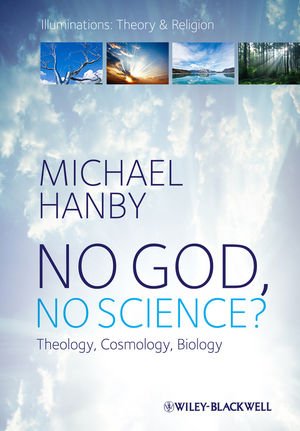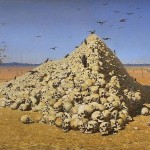
The third part of my interview with Larry Chapp on the state of the dialogue between science and theology, entitled “Understanding the Mechanics of the Incarnation,” is now up on Ethika Politika.
In this portion of his interview Larry concentrates upon how modern science has expanded the horizons of theology.
He identifies four main areas of transformation.
1) The rapid expansion of our understanding of the universe’s size, which, as Thomas O’Meara argues, has implications for the doctrine of Incarnation.
2) The naturalization of the cosmos, or what Karsten Harries has called the homogenization of space.
3) The development of evolutionary thought and how it requires us to rethink our categories of causality much in the same way as the homogenization of space does.
4) All of these taken together require a rethinking of how we theologically conceive order and hierarchy. Larry alludes to Whitehead’s suggestion in Adventures of Ideas that perhaps beauty can be best understood as the ordering of novelty.
Read through Larry Chapp‘s detailed consideration of all these points right here.










